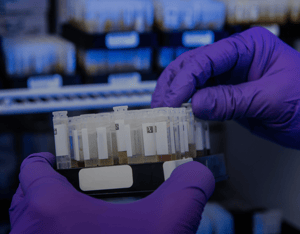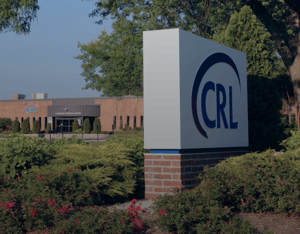Dr. Fulks explores the future of AI in health risk prediction and the implications for life insurance and diagnostic capabilities in medical settings.
Dr. Topol, a well-known cardiologist and futurist, recently published a short provocative article in Science promoting AI as the next big thing in predicting who is at risk for various conditions or death. Not only was it succinct and well-written but contained over 20 embedded links to publicly available articles making diving deeper and returning to the article easy. It is well worth reading.
He used examples from cancer and Alzheimer’s disease risk prediction to show how using “multimodal AI” which can both combine multiple types of data including history, exam, lab and x-ray, and can utilize data points invisible to even expert physicians in improving predictive ability and reducing false positives. He discusses AI evaluation of polygenic risk scores (multiple genetic findings all contributing to risk) and retinal imaging for Alzheimer's disease risk where the retinal images are evaluated by AI using machine learning (the core of AI) rather than by development of a specific rules-based algorithm. Included is a specific cancer example- pancreatic cancer, which is notoriously difficult to predict or diagnose at an early stage but where AI could identify those at 30-60-fold increased one year risk.
The ability of AI/machine learning in improving analysis of complex data (especially images) is remarkable and has been noted by other authors. We have blogged on some exciting examples previously including retinal imaging and ECG reading. It is easy to imagine digital images (ECG, X-ray, scans) being read routinely by AI. It would also be interesting to see what multi-modal AI could do with the data sets (lab, exam, limited history and mortality outcome) available through the two labs serving the life insurance industry in predicting all-cause mortality risk. Both labs have developed scoring tools based on multivariate analysis of this data and AI would potentially improve predictive ability further but at the price of a potentially unacceptable black box approach.
Finally, though not mentioned by Dr. Topol, it is less certain that AI will improve diagnostic ability in a general medicine, urgent care or pediatric outpatient setting. AI integrates lots of standardized and image data well but may be less capable in narrowing a wide differential to a single actionable diagnosis based on more limited and less well standardized information typically available during a clinic visit. It would also need immediate access to that data.
About the Author
Michael Fulks, MD, Consulting Medical Director, is board-certified in internal and insurance medicine. After leaving practice, he served as a medical director, creating or editing several underwriting manuals and preferred programs. More recently, Mike has consulted for CRL participating in its mortality research on laboratory test results, BP and build, and in the development of risk-scoring tools for laboratory and non-laboratory data.






